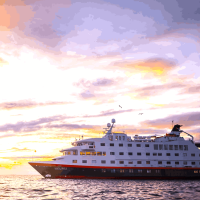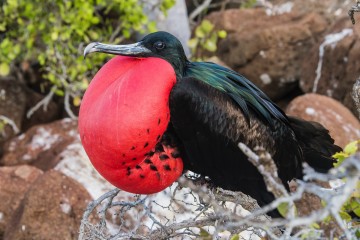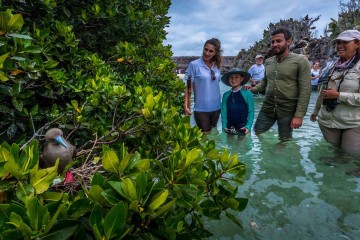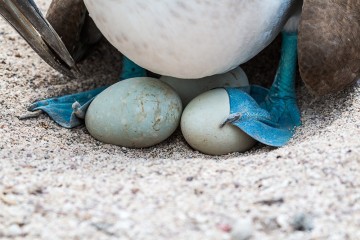Galapagos: MS Santa Cruz II In Darwin's Footsteps
Tour Overview
Unleash your inner explorer in the Galápagos—trek, swim, and snorkel through its remarkable landscapes on an expedition cruise aboard the MS Santa Cruz II.
Experience Quito and the UNESCO-protected Galapagos Islands over 9 days, on our In Darwins Footsteps cruise programme. Explore historical Quito and visit the "middle of the world", then fly out to the Galapagos Islands to board your expedition cruise. Visit a breeding centre for the highly endangered giant tortoise, discover volcanic landscapes, walk ashore, snorkel and swim is waters rich in marine life, including sea lions performing their underwater acrobatics. Spot blue footed boobies, iguanas, with your experienced naturalists guides always on hand to share their amazing knowledge with you.
The 90 passenger Santa Cruz II is a sleek, spacious ship whose layout will allow guests to enjoy their sailing in all aspects. Enjoy delicious food in the nice restaurant, learn with fellow travellers in the Science Centre or maybe mingle out on the many decks?
End your journey with lasting memories, carrying the spirit of the Galápagos wherever you go.
Viva's Best Bits...
Visit a breeding centre for the highly endangered giant tortoise, swim from sandy beaches, snorkel the clear waters with playful sealions and spot Galápagos green turtles.
Visit Quito, the capital of Ecuador which was declared a UNESCO World Heritage Site, as well as a trip to the iconic ‘Middle of the World’ on the imaginary line of the Equator.
Relax and enjoy with everything taken care of, daily activities, flights to the Galapagos, all meals onboard, kayaks, glass bottom boat for sightseeing and time to soak in the onboard Jacuzzis.



